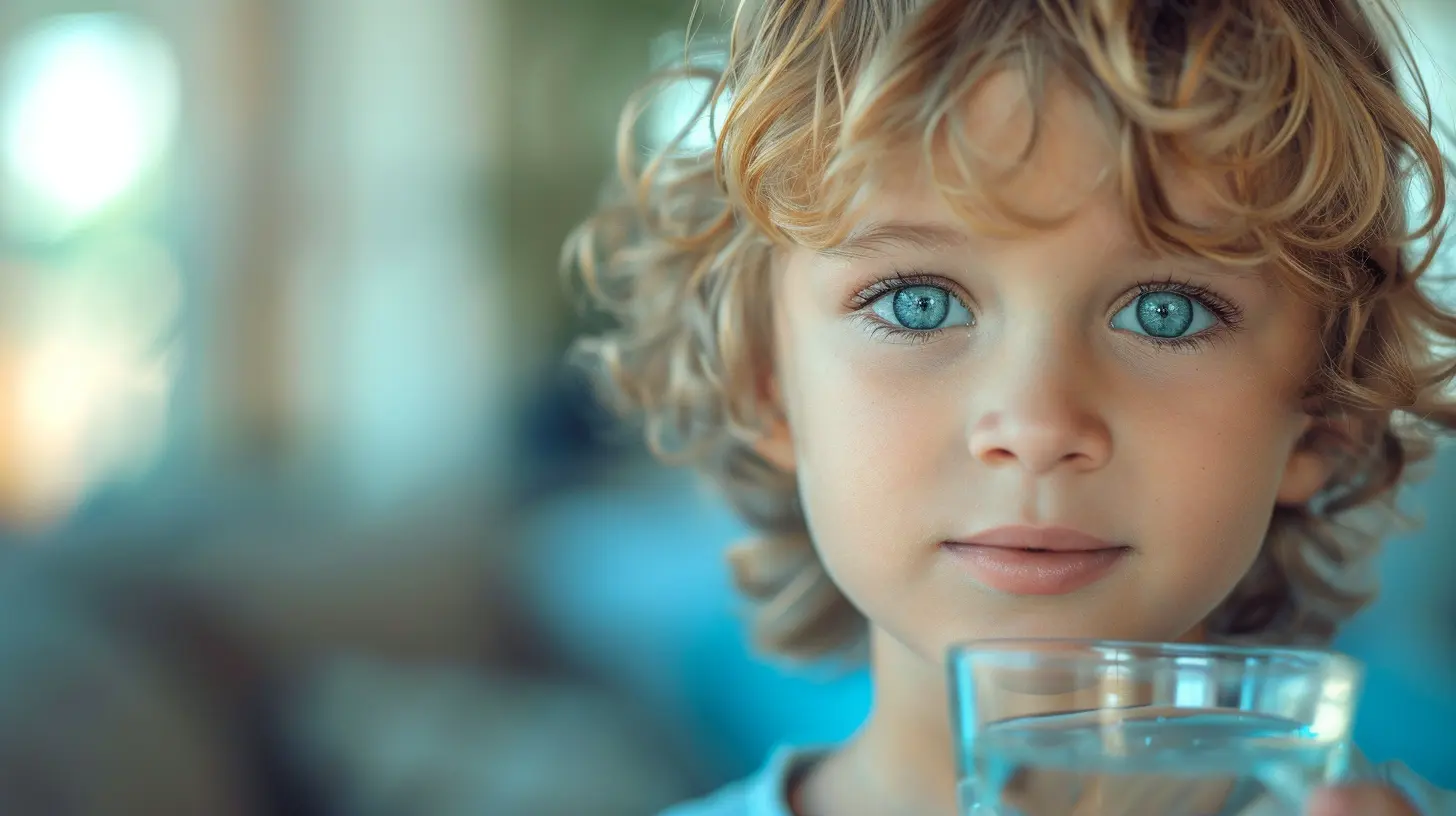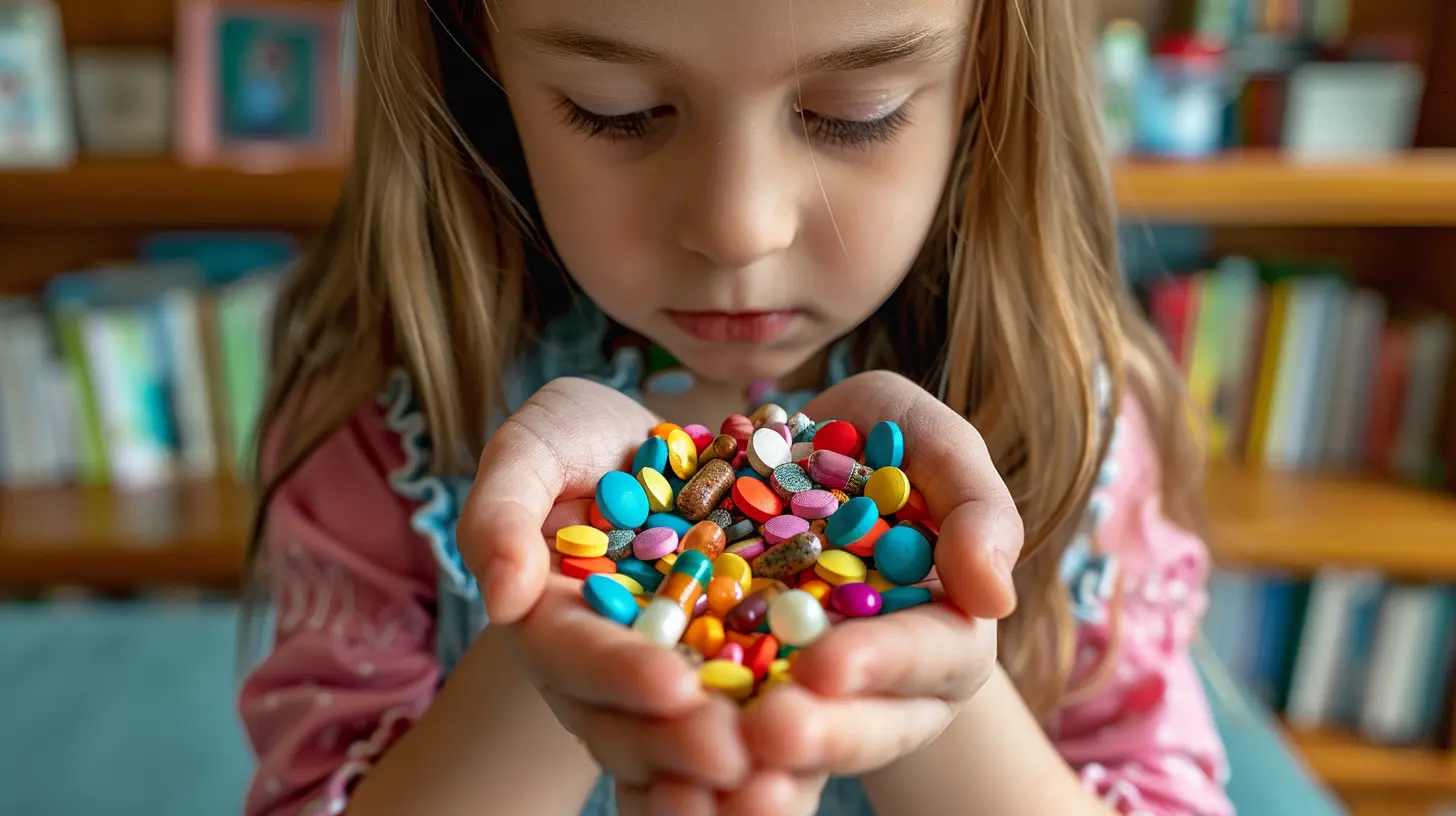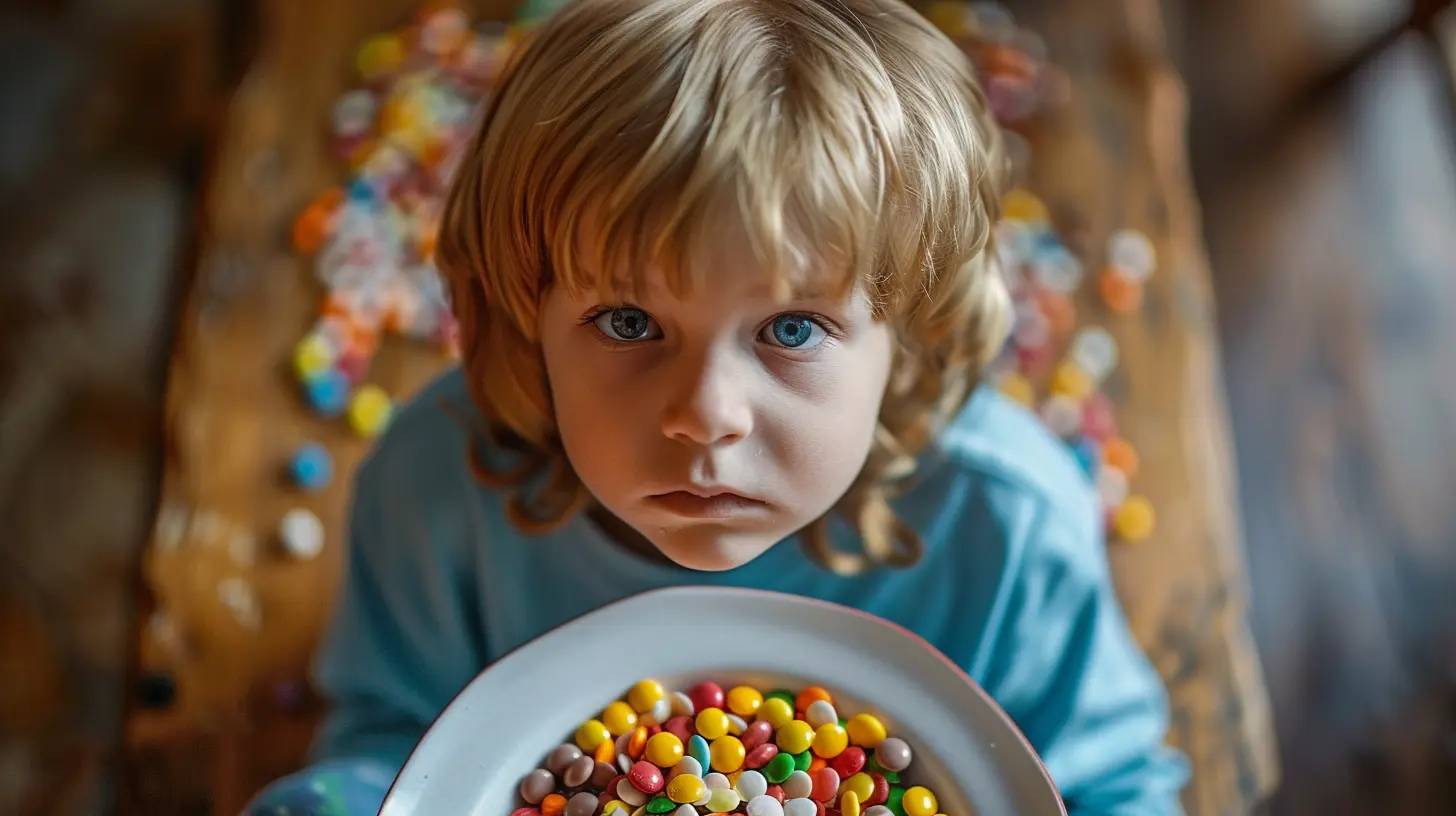Understanding and Preventing Childhood Lead Poisoning
11 June 2025
Childhood lead poisoning is a serious but preventable health issue that affects thousands of children worldwide. Even low levels of lead exposure can cause irreversible damage to a child’s brain and nervous system, leading to learning disabilities, behavioral problems, and other lifelong complications.
So, what exactly is lead poisoning? How does it enter a child’s body, and more importantly, how can we prevent it? If these are the questions running through your mind, you’re in the right place. Let’s break it all down in simple terms so you can protect the little ones in your life.

What Is Childhood Lead Poisoning?
Lead poisoning happens when lead builds up in the body over time, usually through ingestion or inhalation. The worst part? It often has no obvious symptoms until significant damage has already occurred. That’s why it’s called a “silent danger.”Children under the age of 6 are especially vulnerable because their bodies absorb lead more easily than adults do. Plus, they tend to put their hands, toys, and other objects (which might be contaminated with lead dust) into their mouths.
How Does Lead Get into a Child’s Body?
Unfortunately, lead is more common in our environment than most people realize. Here are some of the main ways children are exposed:1. Lead-Based Paint
Before the dangers of lead were widely recognized, it was commonly used in household paint. Homes built before 1978 are especially risky since peeling or chipping paint can release tiny lead particles into the air or onto surfaces where kids play.2. Contaminated Soil
If a house was painted with lead-based paint or is near an old industrial site, the surrounding soil could be contaminated. Kids who play outside may unknowingly bring lead dust inside on their hands, shoes, or clothes.3. Drinking Water
Did you know that lead can get into drinking water through old pipes and plumbing fixtures? While modern plumbing is lead-free, older homes may still have lead pipes that contaminate the water.4. Imported Toys and Jewelry
Some imported toys, jewelry, or even canned foods from certain countries may contain lead. Since kids love to put objects in their mouths, this is another hidden danger.5. Household Dust
Lead dust can settle on furniture, floors, carpets, and even toys, making it easy for children to ingest or inhale.6. Parents' Work Clothes
If a parent works in construction, plumbing, auto repair, or any industry involving lead, they might unknowingly bring lead dust home on their clothing, shoes, or skin.
The Effects of Lead Poisoning on Children
Even small amounts of lead can cause significant harm. Because children’s bodies and brains are still developing, lead exposure can lead to:- Cognitive Issues: Lower IQ, difficulty concentrating, and poor academic performance.
- Behavioral Problems: Increased aggression, hyperactivity, and attention disorders.
- Delayed Growth: Lead exposure has been linked to stunted physical and mental development.
- Hearing and Speech Problems: Lead poisoning can affect a child’s ability to hear properly, leading to speech and language delays.
- Organ Damage: Long-term exposure can cause kidney and nervous system damage.
What makes lead poisoning particularly dangerous is that once the damage is done, it’s often irreversible. That’s why prevention is key. 
How to Prevent Childhood Lead Poisoning
Now that we know where lead exposure comes from, let’s get to the most important part—how to prevent it.1. Get Your Home Tested for Lead
If your house was built before 1978, there’s a chance it contains lead-based paint or old plumbing. You can hire a professional lead inspector or use a DIY lead test kit to check for risks.2. Keep Your Home Clean
Regularly clean surfaces where lead dust may settle, including floors, windowsills, and furniture. Use a damp mop or cloth to wipe surfaces instead of dry dusting, which can spread lead particles into the air.3. Wash Hands and Toys Frequently
Children often put their hands in their mouths. Washing their hands before meals and after playing outside can reduce the risk of ingesting lead dust. Additionally, cleaning toys, pacifiers, and bottles regularly helps prevent contamination.4. Use Cold Water for Cooking and Drinking
If your home has old lead pipes, avoid using hot water from the tap for cooking, drinking, or mixing baby formula. Hot water is more likely to dissolve lead from pipes. Instead, use cold, filtered water.5. Improve Nutrition
A healthy diet can help reduce lead absorption. Foods rich in calcium, iron, and vitamin C can lower the amount of lead absorbed by the body. Some good options include:- Calcium: Dairy products, leafy greens, and fortified cereals.
- Iron: Lean meats, beans, eggs, and spinach.
- Vitamin C: Citrus fruits, tomatoes, and bell peppers.
6. Be Cautious with Imported Products
Avoid buying cheap, imported toys, jewelry, or dishes that may contain lead. Check for product recalls or lead safety certifications before purchasing.7. Encourage Safe Play Areas
If you suspect soil contamination around your home, create safe play areas using grass, mulch, or gravel to reduce direct contact with the soil.8. Check Your Child’s Blood Lead Levels
Lead poisoning often goes unnoticed, so getting a simple blood test is the best way to detect exposure early. If your child is at risk, talk to your pediatrician about getting them tested.
What to Do If Your Child Has Been Exposed to Lead
If you suspect that your child has been exposed to lead, act quickly:1. Get a Blood Test: A doctor can perform a simple blood test to measure the level of lead in your child’s system.
2. Identify and Remove the Source: Whether it’s peeling paint, water contamination, or household dust, eliminating exposure is the first step.
3. Improve Their Nutrition: A diet rich in iron, calcium, and vitamin C can help reduce further lead absorption.
4. Follow Your Doctor’s Advice: Depending on the level of exposure, your doctor may recommend chelation therapy to remove lead from the bloodstream.
Final Thoughts
Childhood lead poisoning is preventable, but it requires awareness and action. Lead may be lurking in places you least expect—your home, water, toys, or even the soil outside. By taking simple steps like testing your home, cleaning regularly, ensuring good nutrition, and getting your child tested when necessary, you can significantly reduce the risk.Protecting children from lead poisoning isn’t just about avoiding serious health issues; it’s about giving them the healthy, bright future they deserve. So, let’s do our part and keep our kids safe from this hidden danger.
all images in this post were generated using AI tools
Category:
Pediatric HealthAuthor:

Arthur McKeever
Discussion
rate this article
2 comments
Quill Underwood
Lead poisoning in kids? That's a no-no! Remember, crayons should be for coloring, not for testing your child's taste in heavy metals! Let's keep the lead in the pencil, not in our little ones!
September 23, 2025 at 3:52 PM

Arthur McKeever
Absolutely! Keeping children safe from lead exposure is crucial. Let's ensure their creativity stays healthy and fun!
Sebastian McConkey
What a vital topic! Understanding and preventing childhood lead poisoning is essential for ensuring our little ones thrive in a safe environment. This informative article shines a light on the issue and empowers parents with knowledge. Together, we can create healthier futures for our children—let's spread the word and make a difference! 🌟
June 15, 2025 at 3:02 AM

Arthur McKeever
Thank you for your insightful comment! Together, we can indeed make a difference and protect our children’s futures. 🌟


